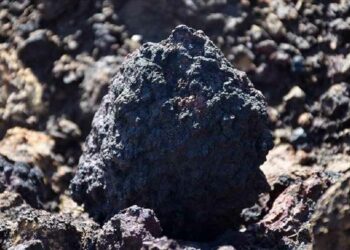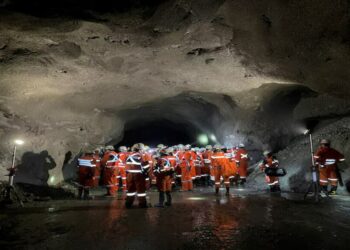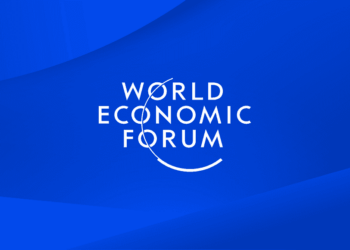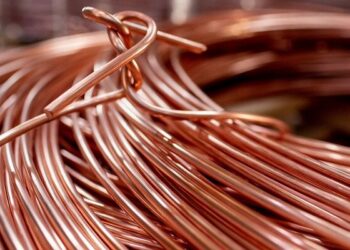Rio Tinto did not make a song and dance when it started mining at its Silvergrass project in Australia’s Pilbara in August.
After getting flak from politicians and competitors alike about its aggressive expansion strategy, the Melbourne-based giant probably thought it prudent not to.
At the moment Silvergrass’s high grade ore is being shipped to “retain the integrity and quality” of Rio’s flagship Pilbara blend, CEO Sam Walsh told investors with the release of the company’s half-year results.
The project hasn’t received board approval yet although CEO Sam Walsh sounded pretty confident that the go-ahead would come early in 2016.
“We would expect them to be rational, and use it to replace higher-cost ore rather than add more product into an oversupplied market
Silvergrass has a lot going for it. It’s cheap to build and expected to be completed at the lower end – or below – its $700 million to $1 billion forecast costs (a steal compared to a Rinehart’s Roy Hill or Anglo’s Minas Rio).
Capacity of over 20 million tonnes per year would easily plug into Rio’s existing Pilbara infrastructure and the project could be completed in just nine months.
Just in time for Rio to hit (or likely exceed) its target of 360 million tonnes per year in 2017 and come very close to overtaking Vale, which is cutting production in Brazil.
Thanks to breakeven costs of less than $30 a tonne, Rio Tinto (and BHP for that matter) could afford to add more tonnage.
Or perhaps cooler heads will prevail. Michelle Lopez, senior investment manager Aberdeen Asset Management, told the Australian Financial Review the miner “could look to use production from Silvergrass to replace some of its higher-cost iron ore, which it could shut down if market dynamics don’t change”:
“We would expect them to be rational, and use it to replace higher-cost ore rather than add more product into an oversupplied market. Silvergrass is more marginal [as a growth option] but a premium product.”
“That does not imply that Rio would change its production guidance for the next two years. But it means that from late 2017, when Silvergrass would be starting up, Rio will be pushed to look at the price to judge how quickly it gets to its ultimate production target of 360 million tonnes.
Iron ore fell to a fresh near-decade low on Thursday with the Northern China 62% Fe import price including freight and insurance (CFR) dropping to $40.30 a tonne, down 11.5% in just one month.
After a strong recovery from its July low, the steelmaking raw material has been on a relentless decline since mid-October.
Losses so far this year come to more than 43%. Today’s price compare to $190 a tonne hit February 2011 and an average of $135 a tonne in 2013 and $97 last year.








